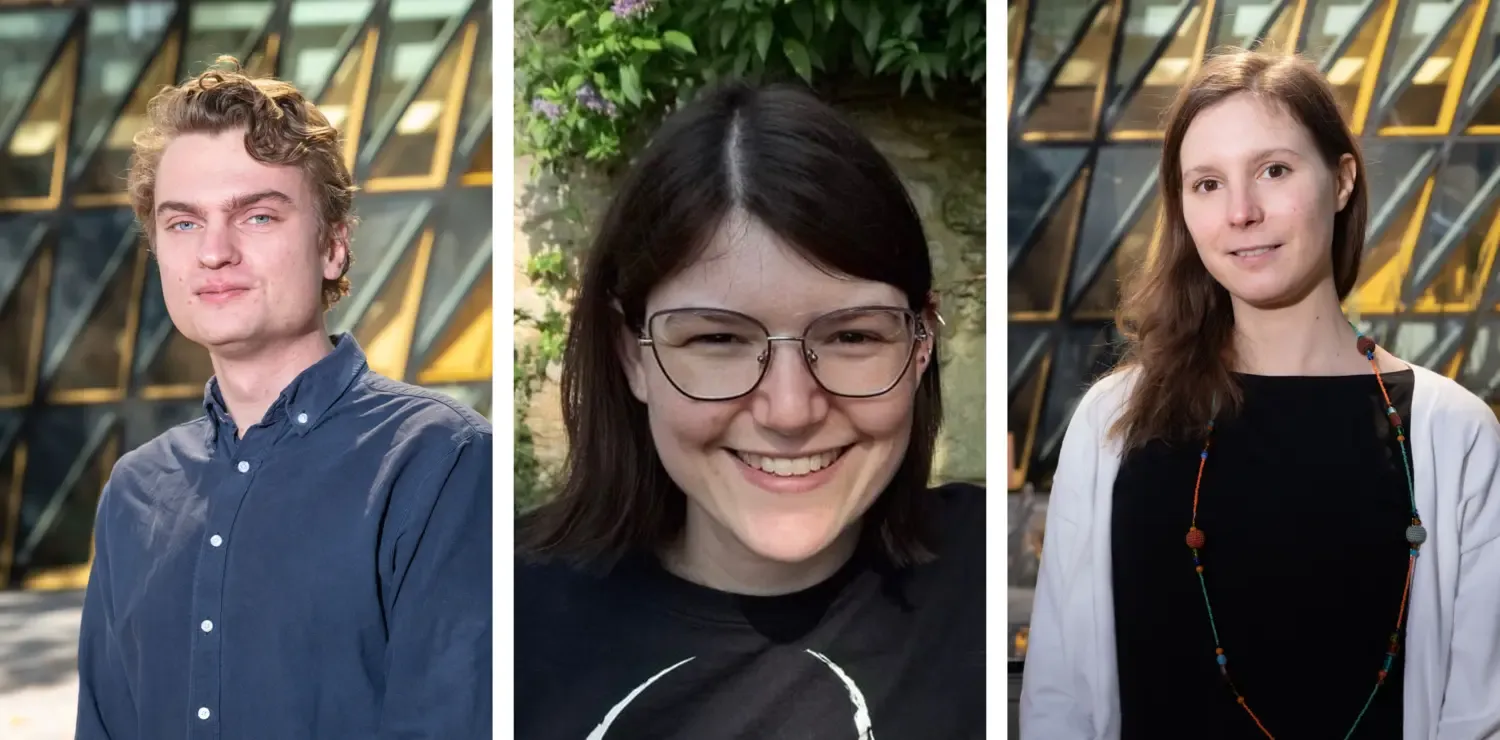Together with researchers from University of Oxford, researchers at Karolinska Institutet have demonstrated that a subclass of stem cells that are dedicated to the production of platelets replenish platelets through a distinct and shorter pathway than other stem cells. This is presented in a study published in the journal Nature Immunology.
What does your publication show?
"Platelets, the blood cells critical for preventing and stopping bleeding, are short-lived and in need of constant replenishment by blood-forming stem cells residing in the bone marrow. While all blood-forming stem cells were thought to replenish all types of mature blood cells, we previously identified a subclass of stem cells in mice that are dedicated to almost only the replenishment of platelets (Nature, 2018). We now demonstrate that these platelet-restricted stem cells replenish platelets through a distinct and shorter pathway." Says Stefania Mazzi, researcher in the Sten Eirik Jacobsen research group at the Department of Medicine, Huddinge and the Department of Cell and Molecular Biology, Karolinska Institutet.
"Using genetically modified mouse models we showed upon challenge with cancer chemotherapy drugs resulting in reduction in platelet producing cells, that this pathway more rapidly replenishes platelets than the multipotent stem cells."

Why are the results important?
"Many cancer treatments can result in platelet reduction as a side effect, causing higher morbidity, hospitalization, and need for platelet transfusions. It is thus important to find a faster way to replenish short-lived blood cells. Our study shows for the first time that two separate pathways are used for platelet replenishment and originate from two populations of blood-forming stem cells located in the bone marrow (BM). While the multipotent stem cells are the main source of platelet production in normal conditions, the platelet-restricted stem cells are key for fast platelet replenishment upon loss of BM precursors. These findings can be used to achieve a faster recovery either by drugs or by expansion of the platelet-restricted stem cells in cancer-treated patients."
How did you conduct the study?
"The biggest advantage of working with the blood system is the easy access to blood and bone marrow. By transplanting stem cells in mice where the blood cells and their precursors have been depleted, we can follow their capacity to replenish blood lineages by performing flow cytometry analysis on serial samples."
"In our study, we followed differentiation pathways used by single blood-forming stem cells by individually transplanting them in recipients with depleted bone marrow. Single-cell molecular analysis performed in collaboration with Rickard Sandberg's group, international leader in sequencing analysis, was crucial for characterizing the progenitor cells used by the two distinct pathways and for identifying a new genetic mouse model that was used to track the two pathways, under normal conditions and following treatment with cancer chemotherapy."
What is the next step in your research?
"We now want to characterize the platelets produced by the two different pathways to study whether they are functionally distinct. We are also planning to study whether the usage of the two pathways is altered in different settings, including upon aging. It will also be important to define whether the same pathways are present in humans, although the research tools there are much more limited."
The study was conducted in collaboration between University of Oxford (WIMM department) and Karolinska Institutet. The main funders were UK Medical Research Council, Vetenskapsrådet, Torstein Söderbergs Stiftelse and Knut and Allice Wallenbergs stiftelse.
The authors of the study have not declared any conflicts of interest.
Publication
Carrelha J, Mazzi S, Winroth A, Hagemann-Jensen M, Ziegenhain C, Högstrand K, Seki M, Brennan MS, Lehander M, Wu B, Meng Y, Markljung E, Norfo R, Ishida H, Belander Strålin K, Grasso F, Simoglou Karali C, Aliouat A, Hillen A, Chari E, Siletti K, Thongjuea S, Mead AJ, Linnarsson S, Nerlov C, Sandberg R, Yoshizato T, Woll PS, Jacobsen SEW
Nat Immunol 2024 May;():






